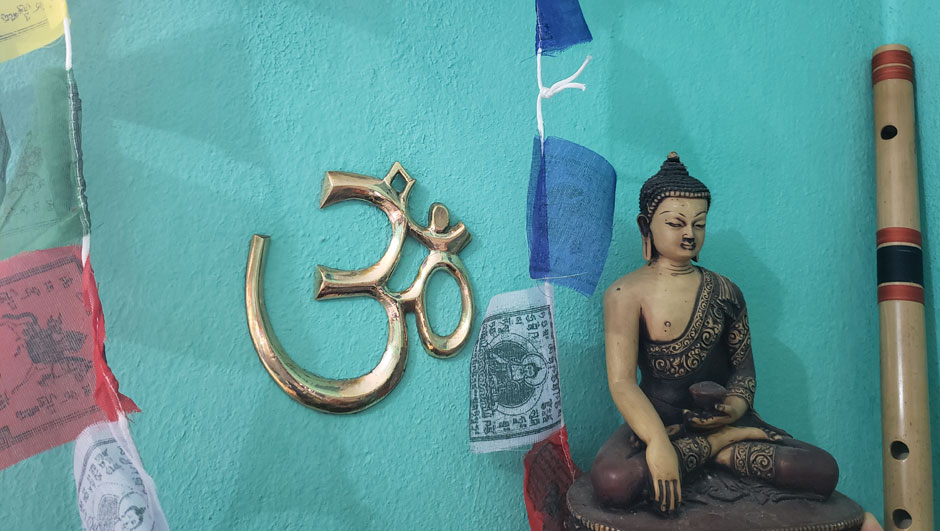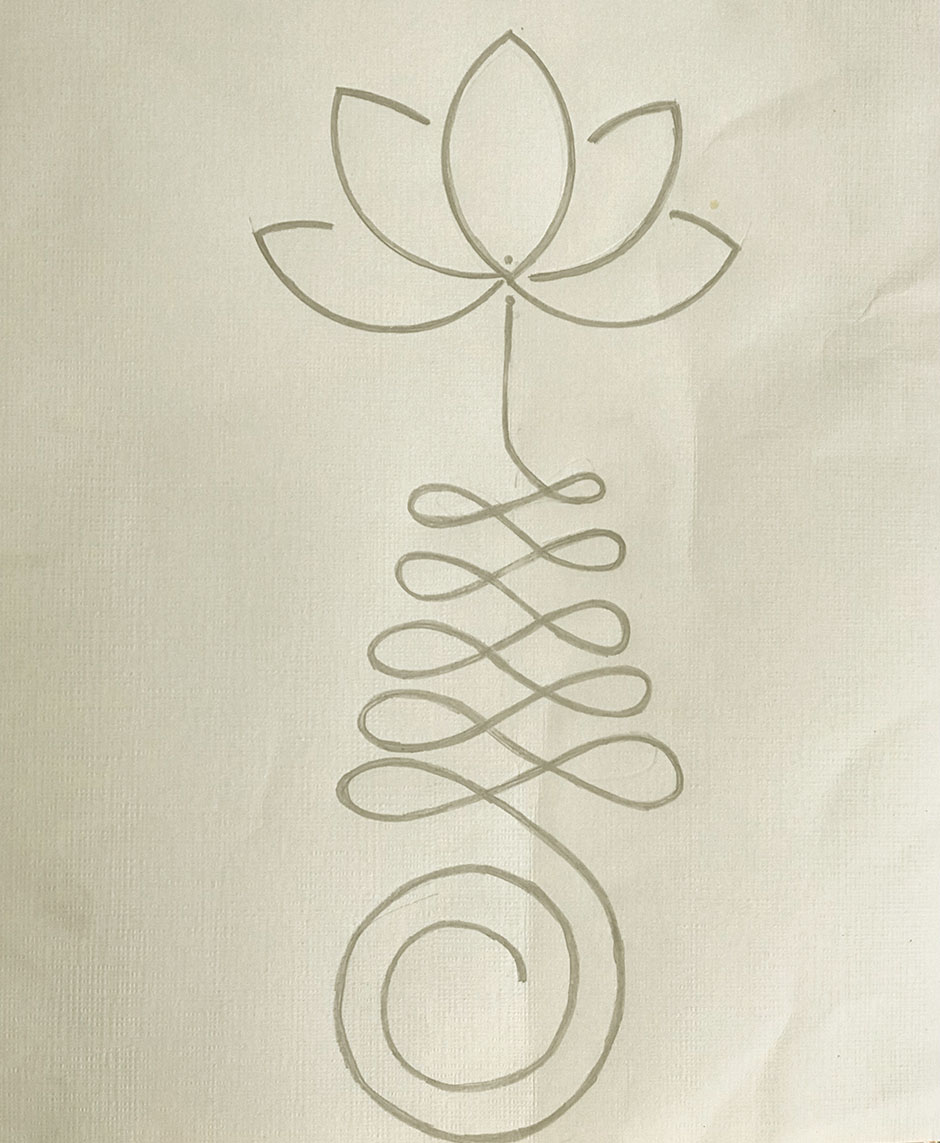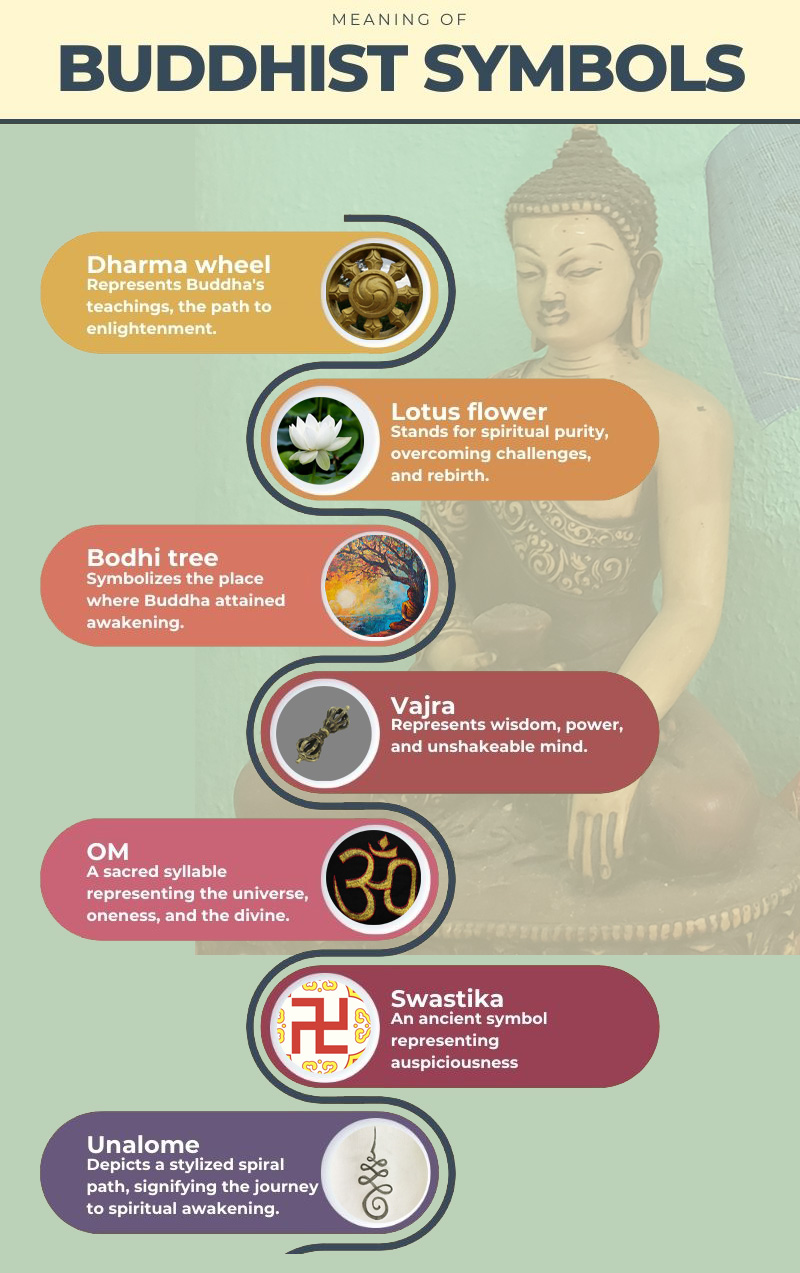Buddhism Symbols: Everything About Dharma Wheel, Lotus, Unalome and More
Uncover the spiritual depth and religious significance of Buddhism symbols, from the iconic Dharma Wheel to the beautiful Lotus and mystical Unalome.
Last Updated: January 01, 2025
Tweet
In Buddhism, symbols play a significant role in representing the teachings and concepts of the Dharma. They serve as visual aids to help practitioners connect with the deeper meaning and cultivate spiritual growth. The most important Buddhist symbol is the Dharmachakra (also Dharma Wheel), while other significant symbols such as the golden fish or the lotus flower are commonly seen in temples or on statues. These symbols, with centuries-old traditions and deep spiritual significance, hold surprising powers and properties, attracting happiness and positive energies.
Please click here to get the complete details on available programs, activities, duration, cost, benefits and the rest of it.
Get More Info Now »
"What do the Buddhist symbols mean?" is a common question posed by many. The explanation lies in the centuries-old tradition and deep spiritual significance of these symbols, which symbolize personal development, mindfulness, enlightenment, and individual happiness. With countless variants, these symbols are often used in jewelry and home decorations, embodying positive energies for healing, health, happiness, and holistic success beyond mere material accomplishments. The core idea of Buddhism focuses on spiritual and physical growth, leading to individual happiness and mindfulness.
Background of Buddhist Symbols
The spread of Buddhism was often facilitated by the use and transmission of illustrations and symbols. These symbols are now considered crucial for the preservation and understanding of Buddhism in the present day. They typically represent Buddha's wisdom and teachings, or they are universal symbols of joy, peace, and personal growth that are prevalent in many cultures.
Explaining Buddhist Symbols and Their Meanings
Let’s dive into the meaning and significance of each Buddhist symbols.
Dharma wheel

Photo: Devotees in front of Buddhist Flag and Symbols
The Dharmachakra, also known as the Dharma Wheel, is a vital and recognizable symbol in Buddhism, embodying Buddha's teachings and the path to enlightenment. The wheel's eight spokes symbolize the Noble Eightfold Path, which is a guide to ethical conduct, mental discipline, and wisdom that leads to freedom from suffering. This path is the route to Nirvana in Buddhism, a state of unity with oneself and Buddha achieved by overcoming urges, delusion, and ignorance, thereby ending the cycle of rebirths.
Lotus flower
The lotus flower, with its symbolic significance, represents purity, beauty, strength, and endurance in Buddhism. Originating from muddy water, it ascends to the surface, unveiling its beauty. As a Buddhist symbol, it epitomizes enlightenment and the spiritual awakening from the world's suffering.
A symbol cherished for its natural beauty, lotus is a significant emblem in Buddhism, symbolizing Buddha's enlightenment, and the potential within all beings to achieve this state. Its growth from the muddy depths to bloom on the water's surface represents the potential of each individual to develop Buddha-like virtues, demonstrating their inherent strength and true nature. The stages of the lotus's growth reflect the spiritual journey, from the initial bud marking the start to the fully bloomed flower signifying enlightenment. Its use in jewelry and home décor represents its role in guiding one's spiritual journey.
Bodhi tree
The Bodhi tree in Buddhism symbolizes enlightenment, wisdom, and liberation. It's believed that Buddha achieved enlightenment after meditating under this tree for 49 days, making it a symbol of his awakening. The tree's heart-shaped leaves represent the potential within each individual.
Please click here to get the complete details on available programs, activities, duration, cost, benefits and the rest of it.
Get More Info Now »
"Bodhi" in Sanskrit means "awakening," referring to any tree where Buddha's teachings are studied. The distinct markings on the Bodhi leaf are thought to radiate a peaceful energy, believed to be present in the tree's fruits and wood. Bodhi jewelry is considered to possess positive vibrations and energy.
Vajra
The Vajra, a ritual object in Buddhism, embodies the dual properties of a diamond's indestructibility and the irresistible power of a lightning bolt, symbolized by its form resembling a dagger made typically of brass or bronze with prongs forming a lotus bud shape. Its dagger-like appearance denotes both strength and precision. Widely used in both Chinese and Tibetan Buddhism, the Vajra takes on a more peaceful connotation in Tibetan practice, where it serves as a tool for deepening meditation and expanding consciousness. Often paired with a bell, such as the exquisite Vajra bracelets available in certain shops, this symbol holds significance in its three fundamental meanings within Buddhism: permanence, luminosity, and sharpness, signifying its multifaceted spiritual implications.
Unalome

Photo: Art of Unalome, Buddhist Symbol
The Unalomesymbol in Buddhism is of great significance, symbolizing the journey towards enlightenment and spiritual awakening. It's typically represented as a spiral or a series of spirals, signifying the ongoing process of growth, transformation, and liberation. Each component of the Unalome has a distinct meaning, assisting the individual on their spiritual journey. In the Buddhist culture, the bottom part of the Unalome symbolizes the seated Buddha with a half-moon above his head, signifying light in darkness. Moreover, the spiral and the line with knots depict life ascending towards the universe.
OM

In Buddhism, Om finds its most prominent use in meditation and the recitation of mantras, notably the Om Ma Ni Pad Me Hum. Comprising the three distinct letters A, U, and M, they symbolize the body, mind, and speech of Buddha, while the syllables in the mantra denote different aspects of the path to enlightenment. The Om symbol and mantra is often featured in jewelry and home decor, intended to enhance spiritual development, inner harmony, and clarity.
Also in Buddhism, it symbolizes the unity of body, mind, and soul. Derived from Hinduism, Om or Aum represents the three stages and cycle of existence: birth, life, and death, regarded as the "first sound of creation."
Swastika
The swastika, often found on Tibetan jewelry and Buddha statues, is a symbol with a rich history and positive connotations, contrary to its association with the Third Reich. The term "swastika" originates from the Sanskrit words "su," meaning "good" or "full of promise," and "asti," which translates to "it is," along with the diminutive suffix "ka." Therefore, the literal translation of swastika is "It is good" or "Everything is good."
In Buddhism, the swastika, also known as the swastika symbol, is used to mark the beginning of Buddhist texts. It symbolizes universal harmony, prosperity, plurality, happiness, abundance, Dharma, fertility, and long life. The symbol's interpretation varies across different regions; in Tibet, it represents a graphic depiction of eternity. Buddhists regard the Swastika as "The Seal on Buddha's Heart."
To Conclude: Buddhism Symbols and their Significance
So, here we explained you the religious, cultural and spiritual values of different symbols associated with the Buddhism. From Unalome to Lotus Flower, from Om to Swastika , every symbols have meaningful reason to be so deeply followed and used.
We hope the details we provided about Buddhism symbols were helpful to you and now while you see any of these symbols in any Buddhist pilgrimage, or at any point of life you use these symbols , you will know the meaning and value of these symbols.
Please click here to get the complete details on available programs, activities, duration, cost, benefits and the rest of it.
Get More Info Now »


